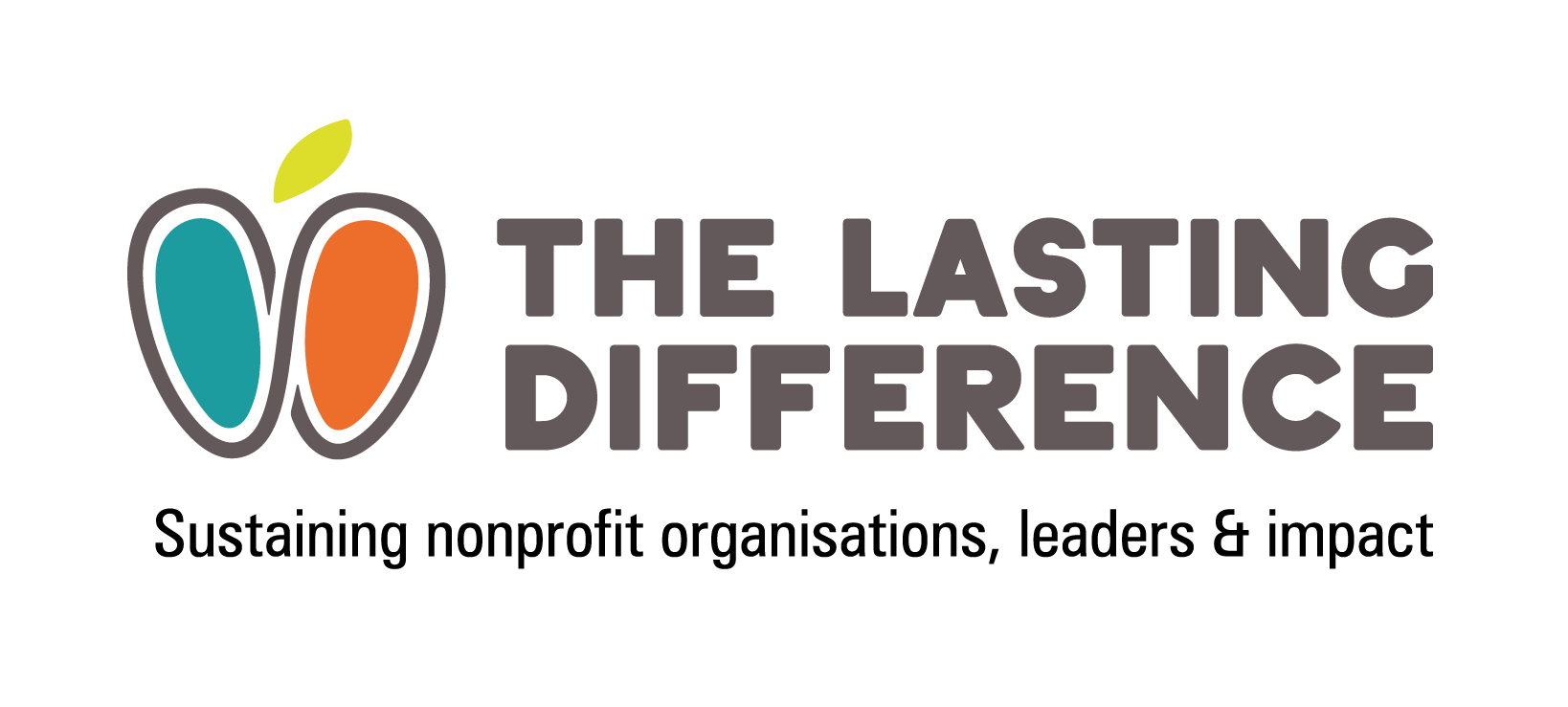Sustainability is a growing concern for third sector organisations. Demand on services continues to increase, resources continue to dwindle. How can we talk about third sector sustainability in this context? It’s time to be clear what sustainability means and to dispel the myths that surround it.
The first myth is that money is the answer. But an organisation could have plenty of money but still be unsustainable because of poor governance, unhealthy cultures and so on. It’s about more than just money – it’s also about quality and capacity.
So, it’s ironic that the second myth is that we should say yes to everything that comes our way: tenders, funding, referrals, partnerships etc. In fact, many of the organisations I meet have sustainability challenges because they’ve said yes too much.
Sustainability doesn’t mean keeping things going. Things change – and things end. Talking about sustainability can make it sound like you’re arguing for the status quo. Sustainability means change, adaptation and evolution. And building other people’s capacity to do the same.
The final myth is that third sector organisations can be self-sustaining – their work and impact will somehow carry on when funding ends. Funders and policy makers must address this, because the main determinant of a sustainable sector is the funding and policy environment in which it operates.
Sustainability is therefore not the responsibility of third sector organisations alone. But there are things we can do about it.
Step 1: Stem the flow
Carry out projections and share them with your boards and colleagues: how long have you got until the money runs out? Review your costs and ways of working and generate a sense of urgency.
Stop subsidising deficits. Instead of using reserves or funding to fill holes in project budgets, subsidise investment – and be clear on what you expect the return to be.
Step 2: Involve others
Share the responsibility, don’t try to do it alone. Run workshops for trustees and colleagues, highlighting your challenges and enlisting their help. This can be very successful with external stakeholders too: showcase your impact, tell your story, make a clear request for how they can help you.
Step 3: Develop a sustainability plan
Use the free Lasting Difference toolkit to conduct a thorough self-assessment. Get other people’s input to prioritise issues and identify actions. Don’t just focus on weaknesses either: find your core strengths and build on them.
Step 4: Check your tentacles!
Funding follows activity, so to diversity funding we diversify activity. Spreading our tentacles like this can pull us out of shape. Instead, reconnect with your core purpose – what is your organisation really about? Reunite people around a shared vision for the future – and help them embrace change.
Step 5: Do it now
If things are going well, now is the time to plan for the next stage in your organisation’s lifecycle. If they’re not, now is the time for urgent action.
It’s always the right time to talk about sustainability.
[This post is taken from an article by Graeme Reekie in Third Force News, published September 2017.]
